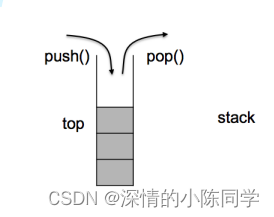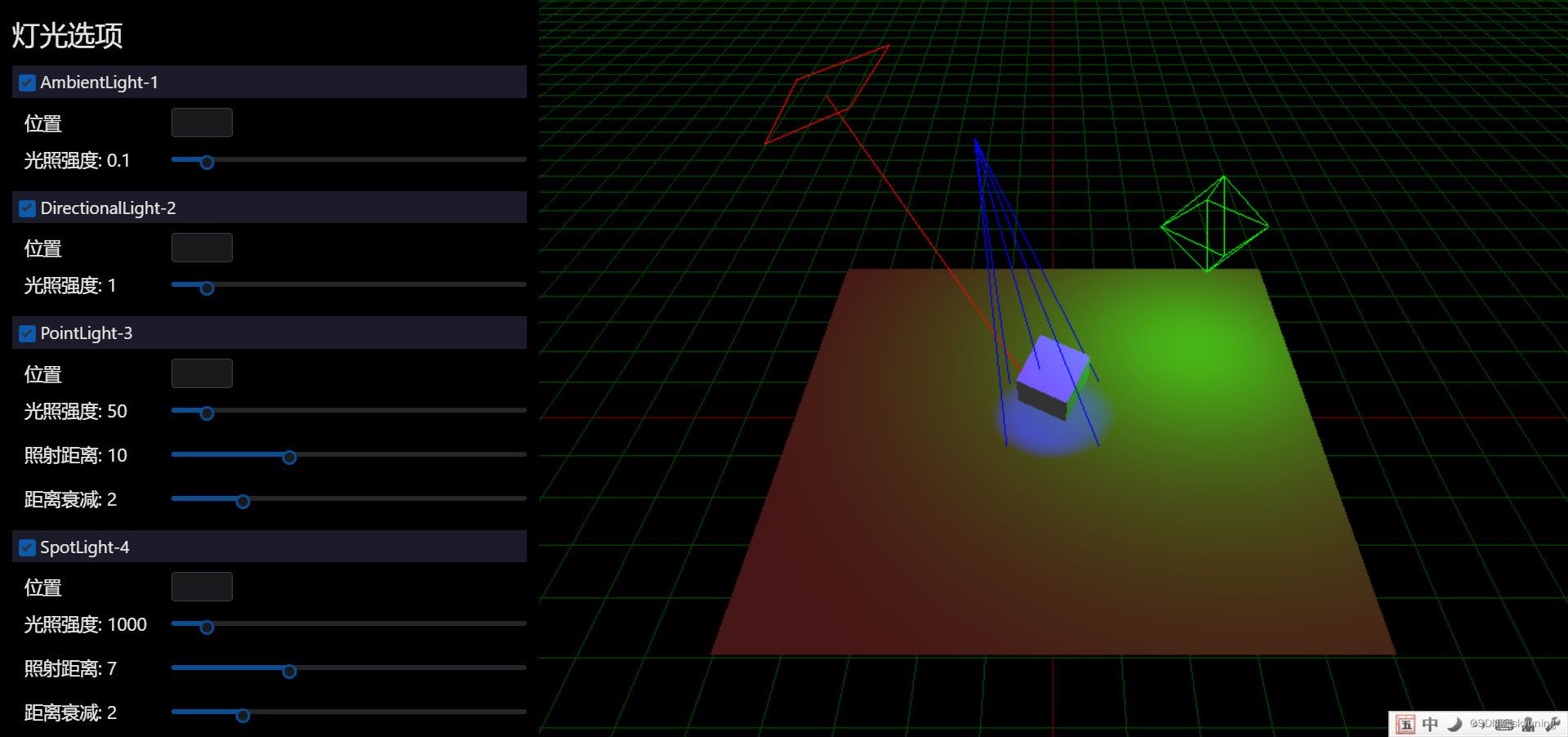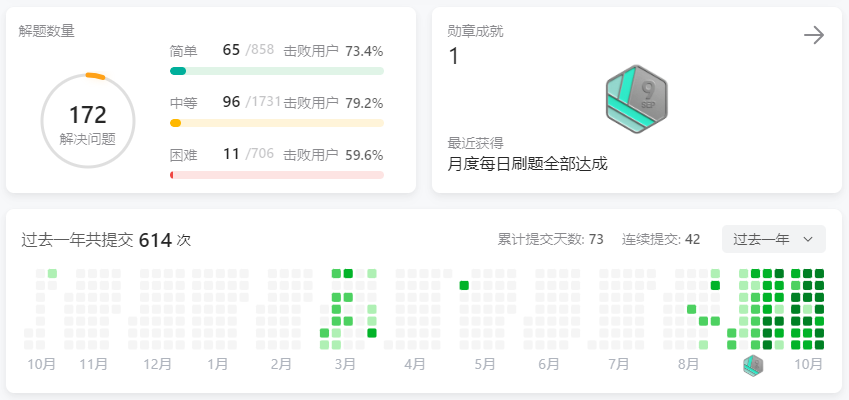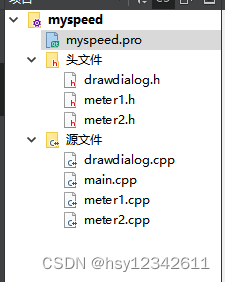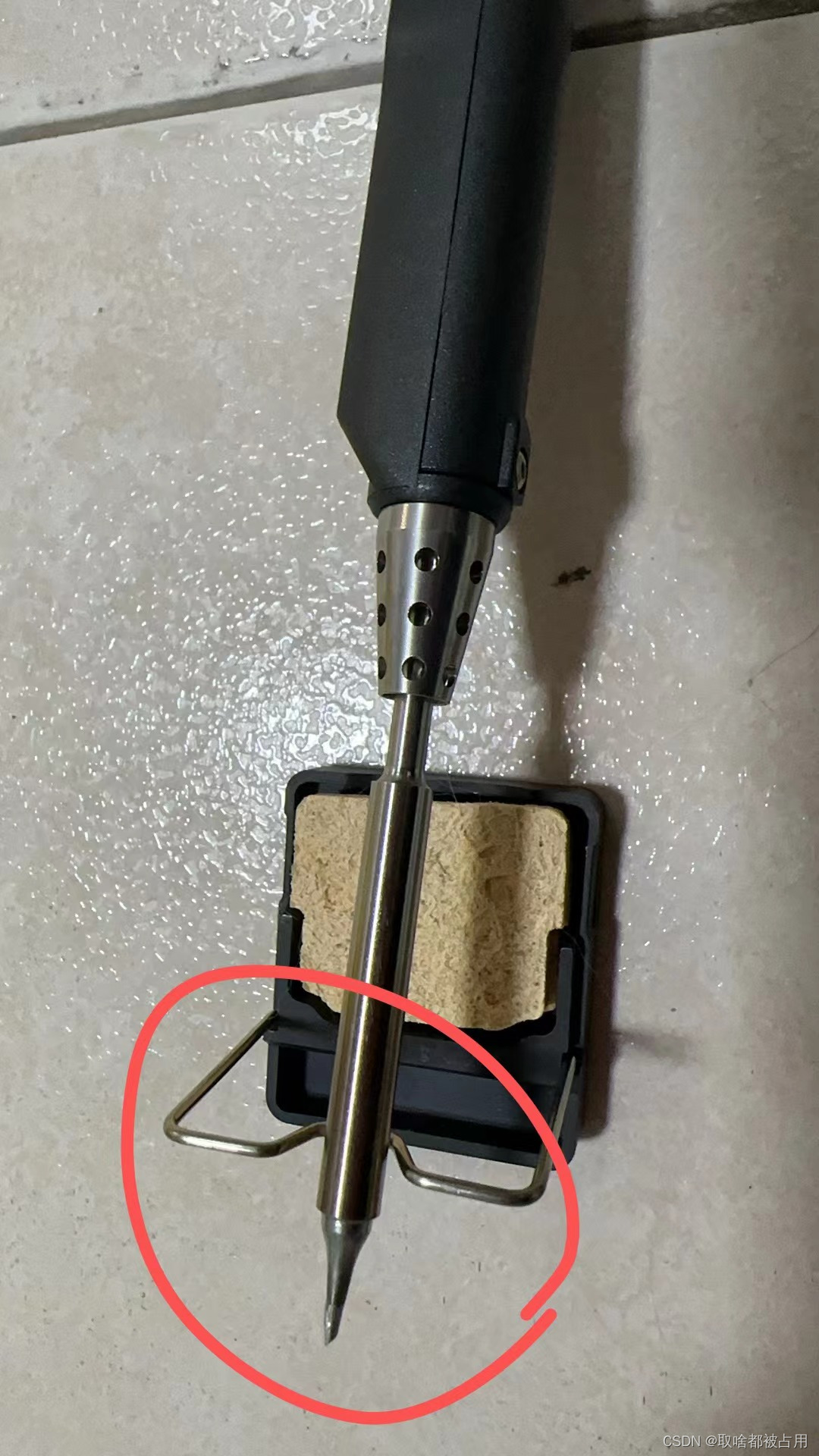目录
LeetCode之路——145. 二叉树的后序遍历
分析
LeetCode之路——94. 二叉树的中序遍历
分析

LeetCode之路——145. 二叉树的后序遍历
给你一棵二叉树的根节点 root ,返回其节点值的 后序遍历 。
示例 1:
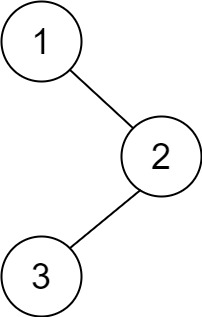
输入:root = [1,null,2,3] 输出:[3,2,1]
示例 2:
输入:root = [] 输出:[]
示例 3:
输入:root = [1] 输出:[1]
提示:
-
树中节点的数目在范围
[0, 100]内 -
-100 <= Node.val <= 100
分析
巩固基础,用递归的方式求二叉树的后序遍历。
class Solution {
public List<Integer> postorderTraversal(TreeNode root) {
List<Integer> result = new ArrayList<>();
postorder(root, result);
return result;
}
public void postorder(TreeNode root, List<Integer> list) {
if (root == null) {
return;
}
postorder(root.left, list);
postorder(root.right, list);
list.add(root.val); // 后序遍历注意这里
}
}
-
时间复杂度:O(n)
-
空间复杂度:O(n)
LeetCode之路——94. 二叉树的中序遍历
给定一个二叉树的根节点 root ,返回 它的 中序 遍历 。
示例 1:
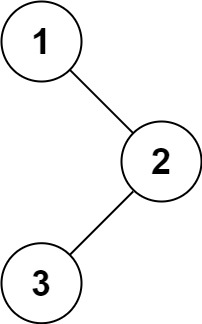
输入:root = [1,null,2,3] 输出:[1,3,2]
示例 2:
输入:root = [] 输出:[]
示例 3:
输入:root = [1] 输出:[1]
提示:
-
树中节点数目在范围
[0, 100]内 -
-100 <= Node.val <= 100
分析
二叉树用递归求中序遍历。
class Solution {
public List<Integer> inorderTraversal(TreeNode root) {
List<Integer> result = new ArrayList<>();
inorder(root, result);
return result;
}
public void inorder(TreeNode root, List<Integer> list) {
if (root == null) {
return;
}
inorder(root.left, list);
list.add(root.val); // 中序遍历注意这里
inorder(root.right, list);
}
}
-
时间复杂度:O(n)
-
空间复杂度:O(n)
题目本身没有太大难度,主要目的是搞清楚使用递归的情况下如何遍历二叉树。





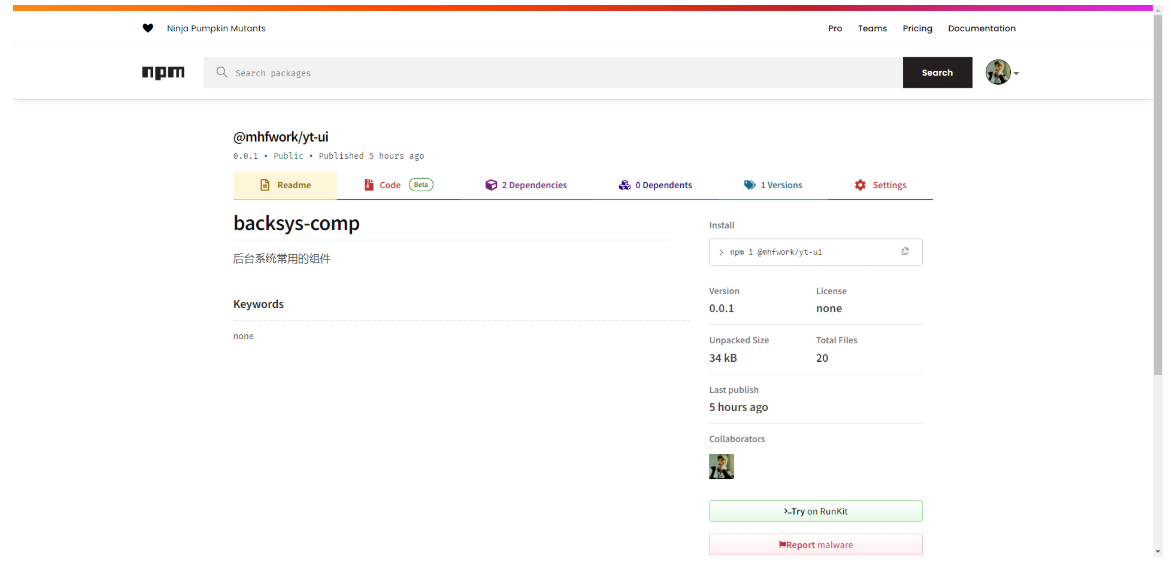
![论文阅读[51]通过深度学习快速识别荧光组分](https://img-blog.csdnimg.cn/bc6b8c50c3504a2aa6e132623e5f4687.png)

